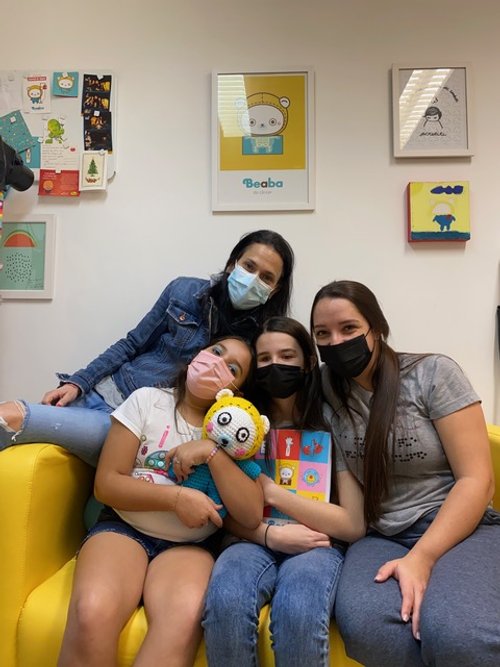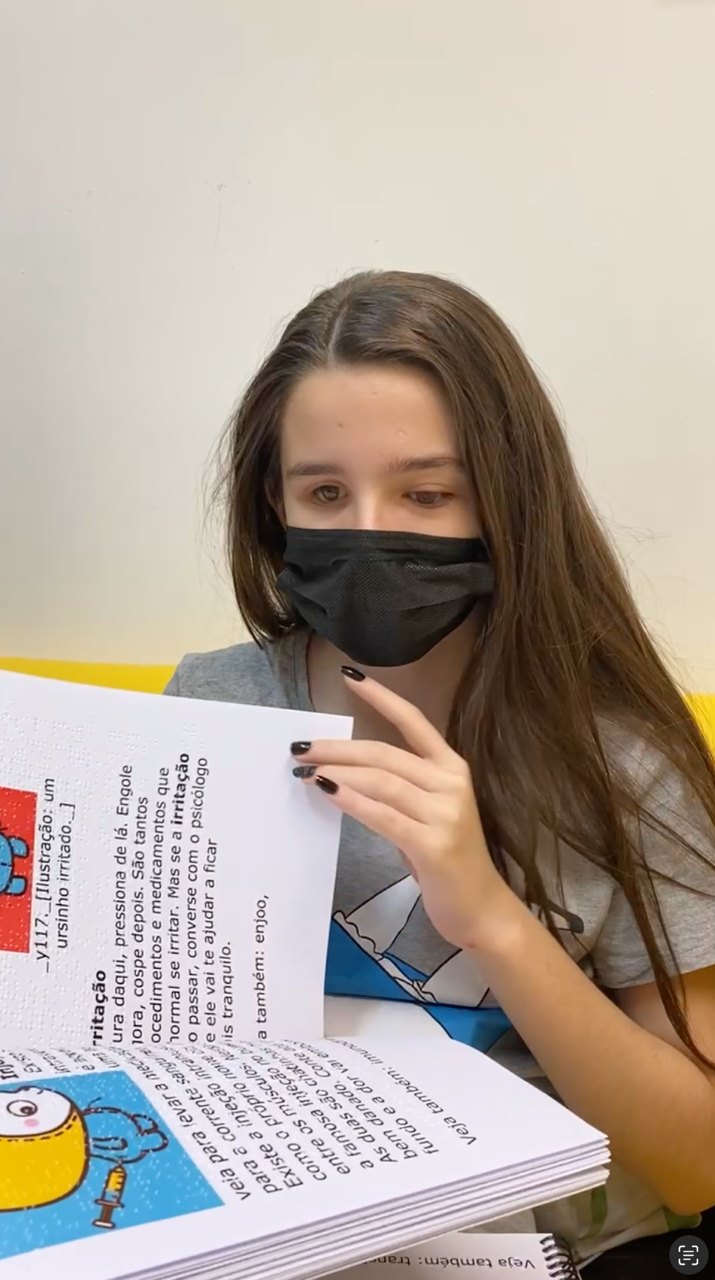Beaba Org: Educating to promote the inclusion of children and adolescents with cancer
The Beaba Foundation was born in Brazil with a clear objective: to demystify cancer and provide clear and optimistic information about the disease and its treatment.
With that in mind, they have created several educational resources for parents, patients, and caregivers, including a guide in braille. This effort has allowed them to promote inclusion and improve the quality of life for blind cancer patients. We spoke with Simone Lehwess, president, and founder of the organization, about this exceptional initiative.
1. Could you please tell us more about Beaba, how it originated, and how long you have been collaborating with it?
Beaba (pronounced bay-ah-bah) was founded in 2013 by patients, caregivers, and health professionals who believed in the power of information and communication to treat cancer and improve quality of life. The institute's mission is to demystify cancer and provide clear, objective, and optimistic information about the disease and treatment through Information and Communication Technology, co-creation, and interdisciplinarity.
The president and one of the founding partners of Beaba, Simone Lehwess Mozzilli, used to volunteer with children with cancer until she herself was diagnosed with the disease in an advanced stage. During her treatment, she received support from several children, and together with family members and health professionals, they began creating materials.
2. What motivated you to create this Braille content?
One of the materials we co-created is a guide named "Beaba do Câncer” or “Beabook.” It's an educational book containing the most common terms of the oncological environment, distributed for free to children and adolescents undergoing treatment. More than 13,000 patients in over 200 Brazilian institutions and 20 international ones have directly benefited from it. The material is printed because many people lack internet access, so even if someone can't read, they can still understand the terms through the illustrations. However, our friend Nicole, who became blind after bilateral enucleation surgery due to retinoblastoma, arrived at Beaba with a guide she and her mother created in Braille. Bianca, her mother, learned Braille to assist Nicole and is now a teacher helping many children with the same diagnosis.
3. How has the reception been among patients and their families?
We are currently in the testing phase; Nicole has already provided feedback on some corrections needed, as have others who have seen the art. Despite the minor adjustments required, everyone who has access to the material is captivated and deeply moved. Even with these small corrections, it's an immensely valuable resource that doesn't exist elsewhere. This year, we presented the material at the SIOP congress in Canada, and numerous countries have shown interest. As Braille is a global system, it can be produced in various languages, and we are open to collaboration with CCI to expand its reach.
4. Have you worked on other aspects related to the inclusion of patients with cancer or any type of disability?
Absolutely! We are constantly learning and taking action. We've learned Libras, the Brazilian sign language, to communicate with deaf children and teenagers. We organize an annual camp (Beaba Camping) where amputees, wheelchair users, patients with drains, and ostomies participate. We actively engage in congresses and meetings. Recently, we participated in a webinar for neurological patients, crucial because children and adolescents with brain tumors may experience lasting effects. One issue we've advocated for extensively is the inclusion of children and adolescents in exclusive palliative care who wish to attend school. Often, schools are unprepared, and there's a misconception that these individuals do not need to learn because they are expected to pass away. If that were the case, none of us would need education or learning opportunities.



